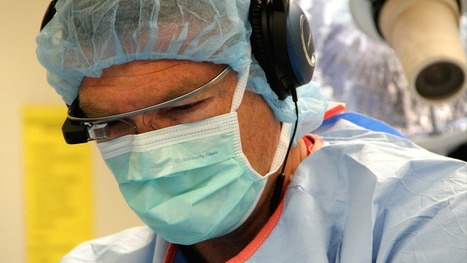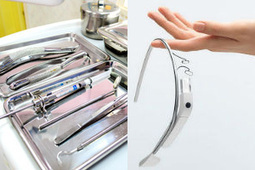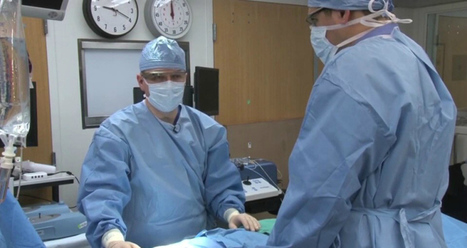ProTransport-1, a Northern California based medical transport provider has announced a software partnership with CrowdOptic, maker of mobile and wearable broadcasting solutions to deploy the CrowdOptic Google Glass broadcasting solution in its ambulances and mobile medicine units.
ProTransport-1 will use CrowdOptic’s software solution that will allow paramedics and nurses to broadcast through Google Glass a live view of complex cases from the ambulance to medical teams at the receiving hospital during transport. According to the press release, the companies aim to “improve documentation and expand medical consultative opportunities for patients en route.
“CrowdOptic’s see-what-I-see technology allows paramedics and nurses on our ambulances to broadcast the live view of complex cases to medical teams at the hospital”, said Glenn Leland, Chief Strategy Officer for ProTransport-1.
Additionally, ProTransport-1 envisions multiple opportunities to utilize CrowdOptic’s software particularly in the mobile medical setting by enabling a two-way educational forum between a patient in their home and providers. “We additionally envision a variety of dispatch, navigation, documentation and operational processes will migrate to CrowdOptic and Google Glass over time” said Glenn Leland, Chief Strategy Officer for ProTransport-1.



 Your new post is loading...
Your new post is loading...













Una de las múltiples utilidades de las Google Glass en salud es su aplicación en el ámbito de las emergencias, como forma de transmisión de información en directo a las centrales de coordinación, como para soporte visual durante el tratamiento de los pacientes. ¿Acabaremos llevándolas como un dispositivo de trabajo más?
Smart Doctor That uses Google Glasses.!!